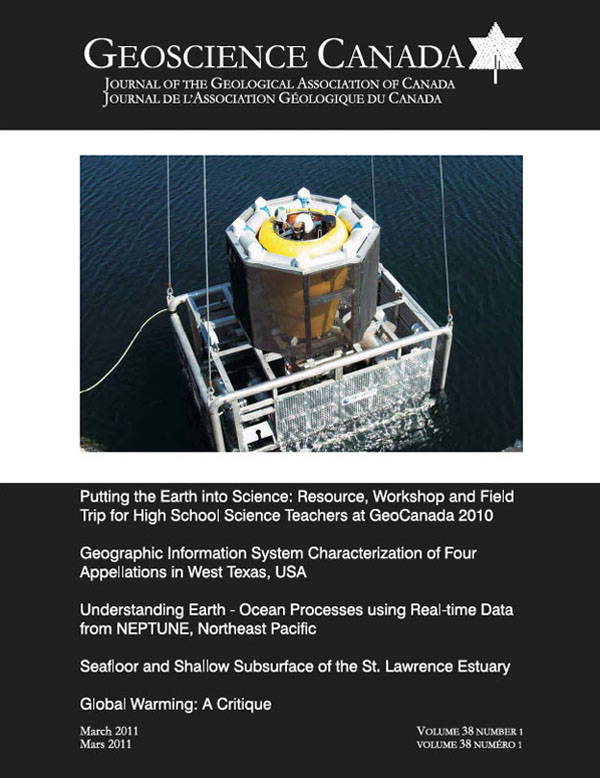Abstract
After several years of planning, NEPTUNE Canada [www.neptunecanada.ca], as part of the Ocean Networks Canada Observatory, largely completed the installation of the world’s first regional cabled observatory network in 2009. The 800 km cable loop west of Vancouver Island connects five nodes in coastal, continental slope, abyssal plain and spreading-ridge environments. Abundant power and high-bandwidth communications support a network of hundreds of sensors that deliver data and imagery in real- or near real-time, and will transform our knowledge of the ocean environment and interacting processes. With the world’s oceans and climate in a state of crisis, the development of cabled observatory technologies is most timely and offers a growing data archive of unparalleled importance for new discoveries.
Sommaire
Apres plusieurs années de planification, l’essentiel du premier reseau observatoire régional, NEPTUNE Canada [www.neptunecanada.ca], partie intégrante du Ocean Network Observatory, a été installé en 2009. Ses 800km de cable forment une boucle à l’ Ouest de l’ Isle de Vancouver et sont connectés à cinq noeuds situés au niveau de la zone cotière, du talus continental, de la plaine abyssale et de la dorsale océanique. Grace à cet acces à l’ énergie et la communication à haut débit, un réseau de centaines de capteurs transmettent des données et images en temps réel ou quasi réel, qui transformeront nos connaissances du mileu et processus océaniques. Alors que les océans et le climat sont en état de stress, le dévelopment des technologies liées aux observatoires sous marins représente une opportunité exceptionelle et un recueil de données sans cesse croissant et d’ un potentiel inégalé pour permettre de nouvelles découvertes.
